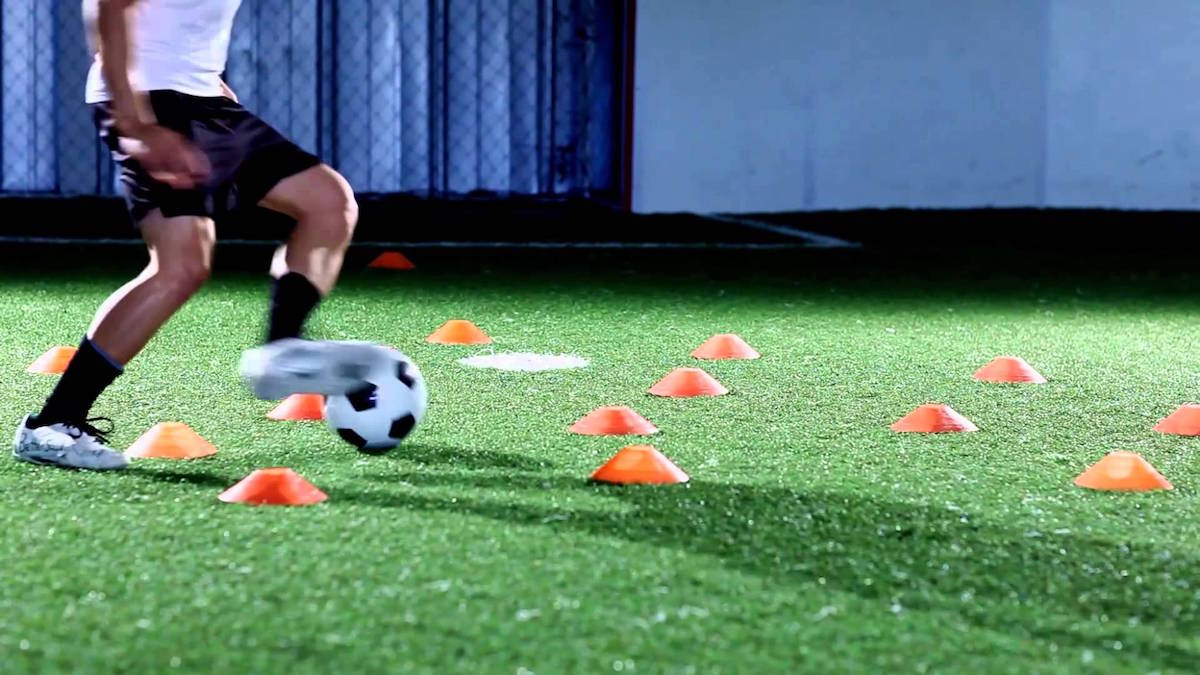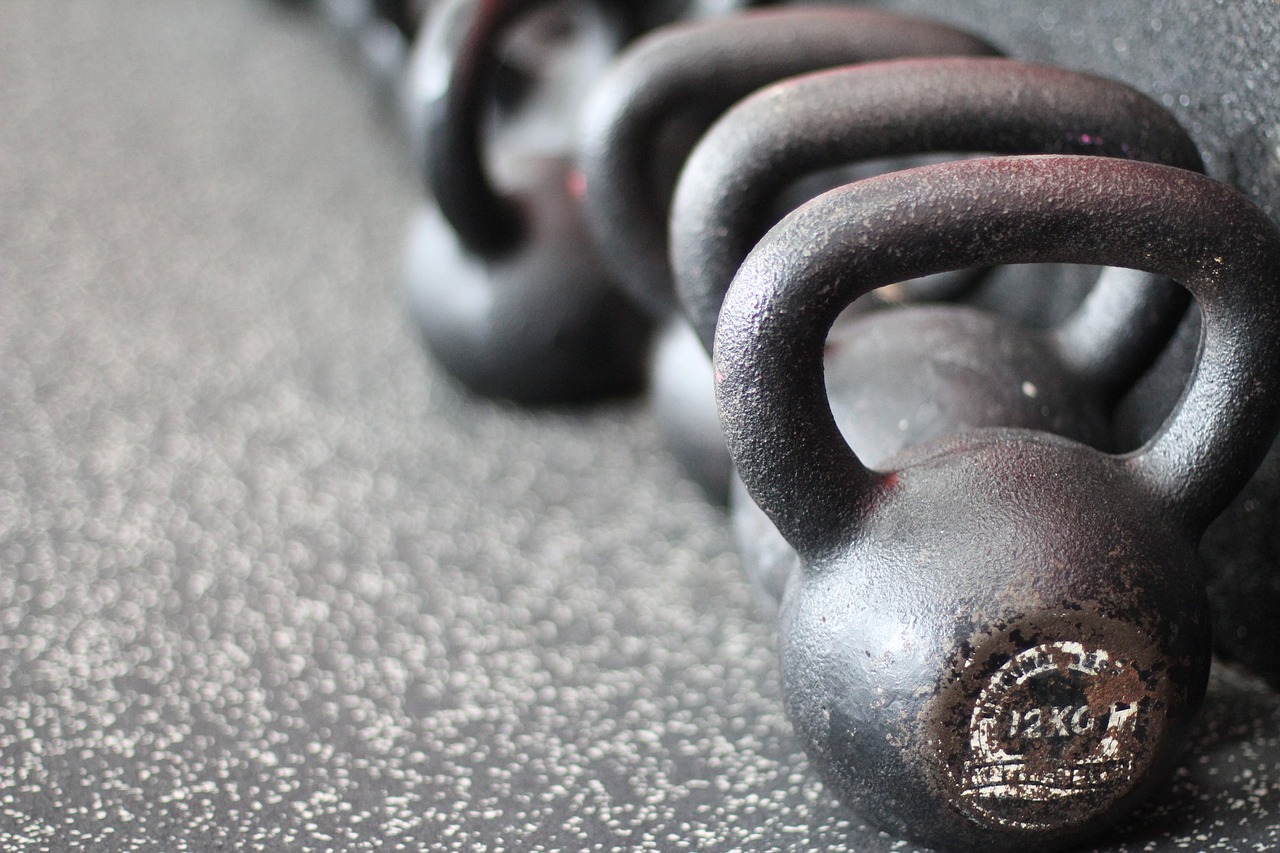Are speed, power, and agility different physical abilities? If they are, do they need to be tested and trained with different exercises? Does this change with different levels of athletes? In other words, are younger athletes more general than more elite and experienced athletes?
Negra et al published a study in the Journal of Strength and Conditioning Research that attempted to answer some of these questions with younger athletes. In their study they examined almost 190 Tunisian soccer and handball athletes, average age of almost 13 years old. The athletes had a number of years of experience in their sport and were national-caliber youth athletes.
The authors used the Illinois agility test and the t-test to measure agility. For power they used the squat jump, counter-movement jump, counter-movement jump with the arms, and the five jump test. For speed, the authors used the 10-meter and 20-meter sprint tests. The idea was to look for a relationship between the results of the tests.
Results:
- For the soccer players, the Illinois agility test correlated with all the speed, power, and agility measures. The correlations ranged from .57 (20 meter sprint) to .71 (five jump test).
- For the handball players, the Illinois agility test had a similar result only the correlations ranged from .47 (squat jump) all the way to .85 (t-test).
- For the soccer players, the t-test correlated with all the measures. These correlations ranged from .53 (squat jump and 20-meter) all the way to .61 (10-meter, counter-movement jump arms, and 5 jump test).
- For the handball players, the t-test correlations ranged from .69 (counter-movement jump) to .82 (10-meter sprint).
There are a number of interesting results from this study. First, the soccer players and handball players are different. These means that even at the age of 12 there are different adaptations from different sports and also that different physical types will be successful in each sport. Second, it makes sense that the five-jump test and t-test correlate well to the Illinois agility test. The five jump test measures horizontal force production and the t-test is another agility measure. Third, it also makes sense that short sprints and the five jump test correlate well with the t-test.
In the population studied, it appears that the development of a solid anaerobic fitness base (strength, power, speed) can have a positive impact on all the studied aspects of anaerobic fitness. Now, it is unclear if the tests used are the optimal ones to help predict performance in soccer/handball. It’s also unclear if this relationship between the tests will be maintained as the athletes age and become more advanced. Finally, it’s unclear if the results apply to a population that is different from the one studied.
Still, it’s good to see a study like this. I think this study is a great first step and that we’re likely to find the need to get a lot more specific as athletes move further along in their careers.
Negra, Y., Chaabene, H., Hammami, M., Amara, S., Sammoud, S., Mkaouer, B., and Y. Hachana. (2017). Agility in young athletes: Is it a different ability from speed and power? Journal of Strength and Conditioning Research, 31(3): 727-735.


